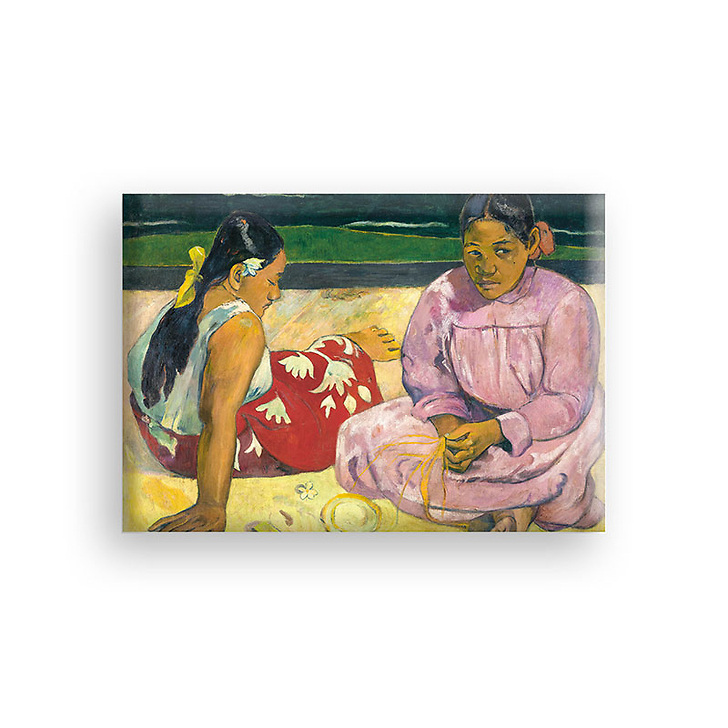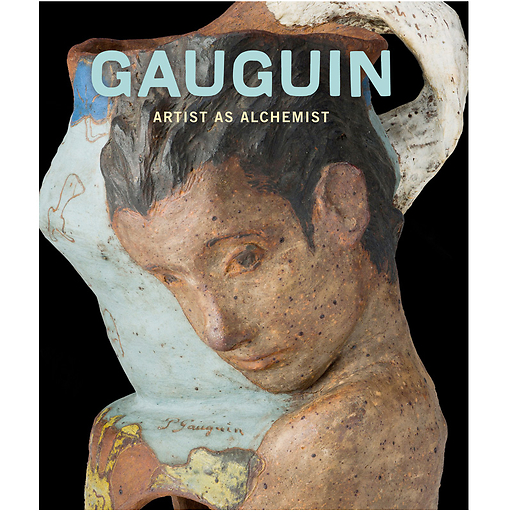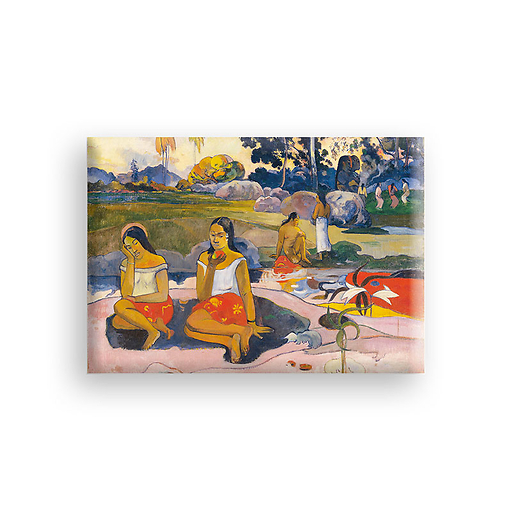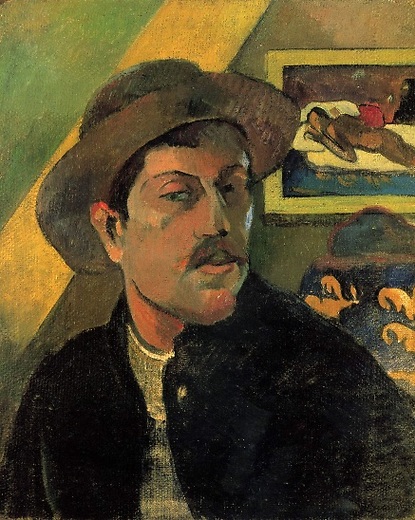Paul Gauguin (1848-1903)
Tahitian Women 1891 - Oil on canvas H. 69; W. 91.5 cm - Orsay museum, Paris
In 1891, Gauguin went to Tahiti, an island he imagined to be a primitive paradise. The artist wanted "to live there in ecstasy, calm and art". His financial difficulties, his aesthetic concerns and this...
Read more
Paul Gauguin (1848-1903)
Tahitian Women 1891 - Oil on canvas H. 69; W. 91.5 cm - Orsay museum, Paris
In 1891, Gauguin went to Tahiti, an island he imagined to be a primitive paradise. The artist wanted "to live there in ecstasy, calm and art". His financial difficulties, his aesthetic concerns and this very Baudelairian "invitation au voyage" drove him to that distant land to escape "the European struggle for money" - to be "free at last".
This composition is typical of his paintings during the early part of his first stay in the Pacific, paintings often depicting Tahitian women busy with simple daily tasks. Here, the heavy, hieratic figures have their own space, creating a series of arabesques in a perfectly orchestrated harmony. The faces are rendered as a mask or a profile, rather indeterminate, but full of melancholy.
Close







